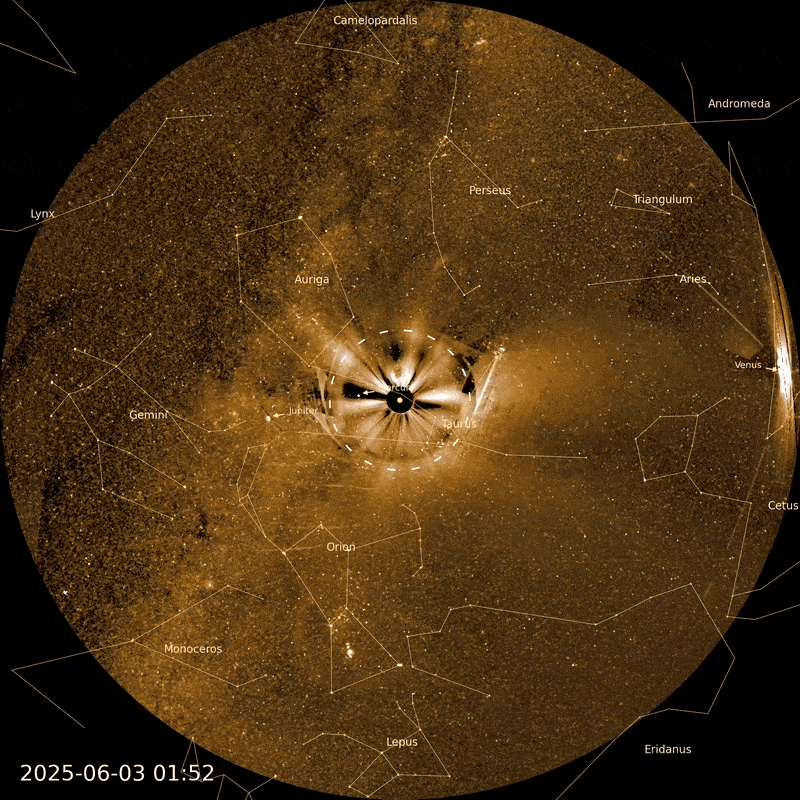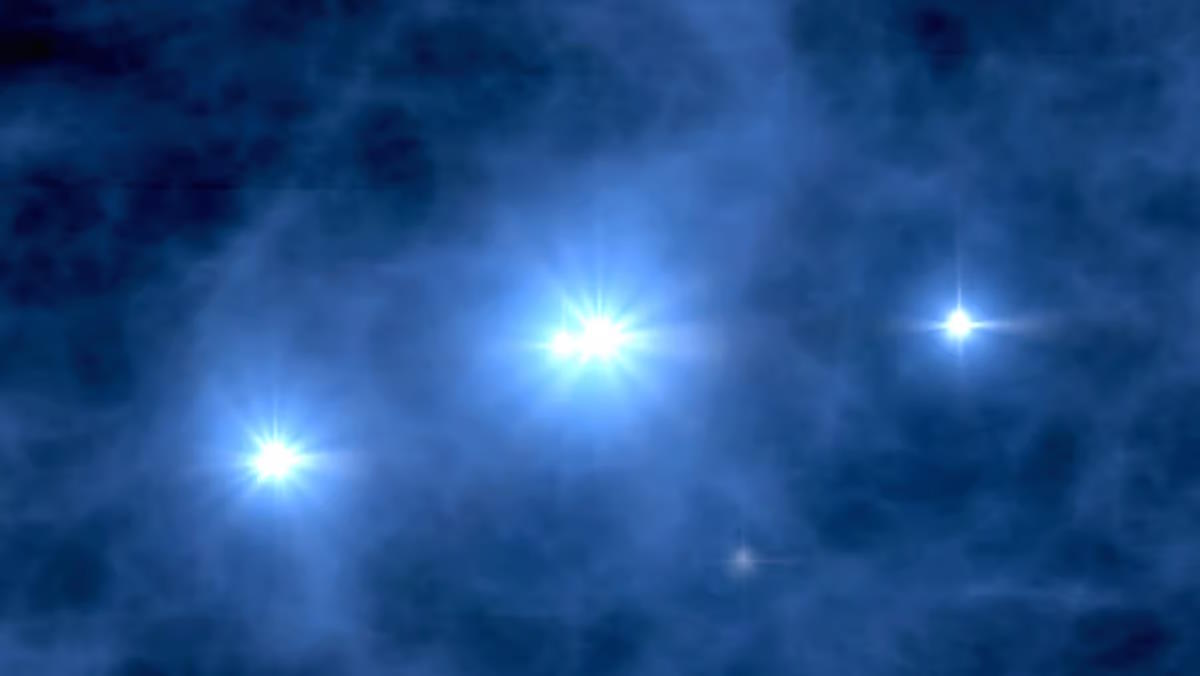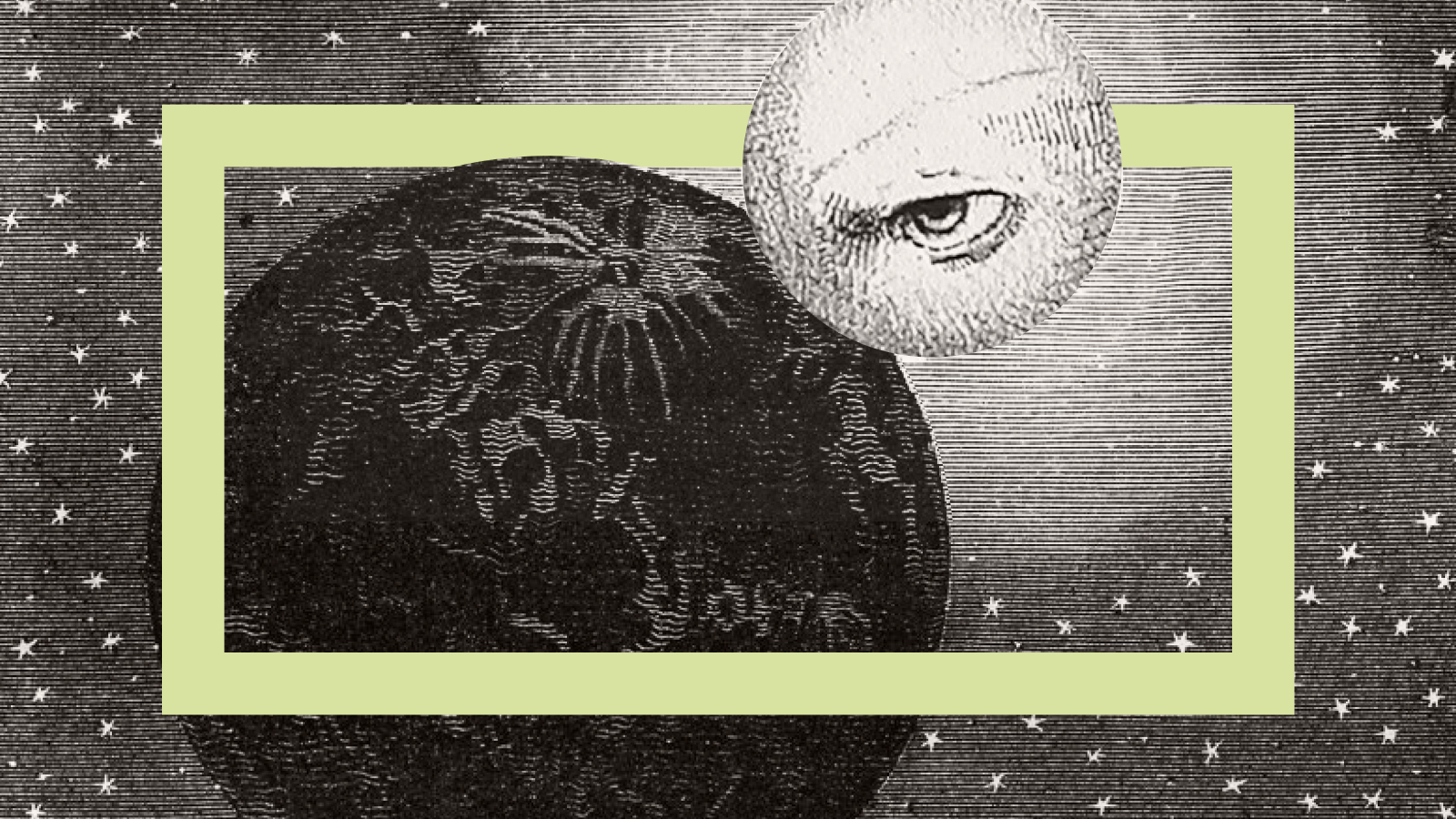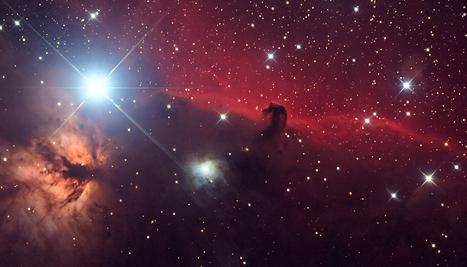June 5-6 Is Your Last Chance (Ever) to See the Transit of Venus

What’s the Latest Development?
On June 5 and 6 of this year, the planet Venus will pass directly between the Sun and Earth for the last time until the year 2117. So barring the singularity, this is your last chance to catch the event. Visible from north-western parts of North America, but also from east Asia to Australia, the typically-off-kilter orbits of the Sun, Earth and Venus will align, allowing the planet to pass directly in front of the Sun (from Earth’s point of view). Transits of Venus occur in ‘pairs of pairs’ that occur every 243 years: “First, two transits take place in December, 8 years apart. There follows a wait of 121 years 6 months, after which two June transits occur, again 8 years apart. After 105 years 6 months, the pattern repeats…”
What’s the Big Idea?
In the 18th and 19th centuries, the transit of Venus represented an opportunity to accurately measure the Earth’s distance from the Sun. “Astronomers are now particularly interested in the general principle of planet transits as a way of hunting for and characterizing the nature of planetary systems around other stars.” When a planet crosses in front of its star, there is a slight dip in the star’s brightness. Identifying and studying that dip can aid scientists in finding new planets as well as analyzing their atmospheres. This year’s event may ultimately help scientists to find an exoplanet planet similar to Earth.
Photo credit: Shutterstock.com





